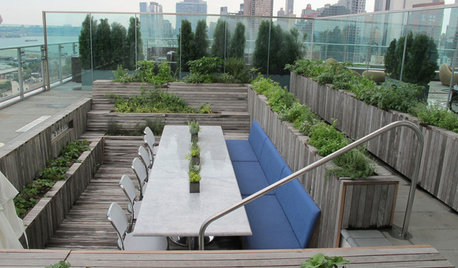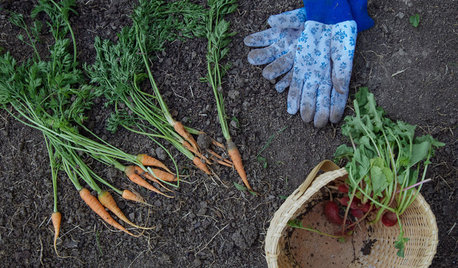Question about Al's mix, tomatoes, peppers, and CRF's
dapper
16 years ago
Featured Answer
Sort by:Oldest
Comments (25)
justaguy2
16 years agolast modified: 9 years agowyndell
16 years agolast modified: 9 years agoRelated Professionals
Brunswick Landscape Contractors · Chesapeake Ranch Estates Landscape Contractors · Davis Landscape Contractors · Hoffman Estates Landscape Contractors · Mendota Heights Landscape Contractors · Mount Kisco Landscape Contractors · New Braunfels Landscape Contractors · Pikesville Landscape Contractors · South Farmingdale Landscape Contractors · Rialto Solar Energy Systems · Compton Window Contractors · West Springfield Window Contractors · Mineola Window Contractors · Phoenix Fence Contractors · Fort Lauderdale Fence Contractorsjustaguy2
16 years agolast modified: 9 years agowyndell
16 years agolast modified: 9 years agojustaguy2
16 years agolast modified: 9 years agodapper
16 years agolast modified: 9 years agotapla (mid-Michigan, USDA z5b-6a)
16 years agolast modified: 9 years agoVanessa 8a
16 years agolast modified: 9 years agojustaguy2
16 years agolast modified: 9 years agoVanessa 8a
16 years agolast modified: 9 years agojustaguy2
16 years agolast modified: 9 years agogreengrass12
16 years agolast modified: 9 years agowyndell
16 years agolast modified: 9 years agotapla (mid-Michigan, USDA z5b-6a)
16 years agolast modified: 9 years agogreengrass12
16 years agolast modified: 9 years agojustaguy2
16 years agolast modified: 9 years agotapla (mid-Michigan, USDA z5b-6a)
16 years agolast modified: 9 years agotom_n_6bzone
16 years agolast modified: 9 years agotapla (mid-Michigan, USDA z5b-6a)
16 years agolast modified: 9 years agojustaguy2
16 years agolast modified: 9 years agotom_n_6bzone
16 years agolast modified: 9 years agowyndell
16 years agolast modified: 9 years agolinchat
15 years agolast modified: 9 years agotapla (mid-Michigan, USDA z5b-6a)
15 years agolast modified: 9 years ago
Related Stories

EDIBLE GARDENSSummer Crops: How to Grow Tomatoes
Plant tomato seedlings in spring for one of the best tastes of summer, fresh from your backyard
Full Story
KITCHEN DESIGN9 Questions to Ask When Planning a Kitchen Pantry
Avoid blunders and get the storage space and layout you need by asking these questions before you begin
Full Story
FARM YOUR YARDHouzz Call: Home Farmers, Show Us Your Edible Gardens
We want to see where your tomatoes, summer squashes and beautiful berries are growing this summer
Full Story
GARDENING AND LANDSCAPINGBuild a Raised Bed to Elevate Your Garden
A bounty of homegrown vegetables is easier than you think with a DIY raised garden bed to house just the right mix of soils
Full Story
FARM YOUR YARDHow to Grow Vegetables in Containers
Get glorious vegetables and fruits on your patio with a pro’s guidance — including his personal recipe for potting mix
Full Story
GARDENING GUIDESCommon Myths That May Be Hurting Your Garden
Discover the truth about fertilizer, soil, staking and more to keep your plants healthy and happy
Full Story
EDIBLE GARDENSLessons From an Edible Garden on a City Roof
Reincarnation of New York City rooftop pool proves edible landscaping is possible just about anywhere
Full Story
GARDENING GUIDESEssential Watering Tips for Your Edible Garden
To give your edible plants just what they need, check out these guidelines for how, when and how much to water
Full Story
FARM YOUR YARDMy Houzz: Backyard Farming for a Kansas City Family
A backyard garden provides a family of 5 with organic seasonal produce. Here's how they do it
Full Story
GARDENING GUIDES10 Easy Edibles for First-Time Gardeners
Focus on these beginner-friendly vegetables, herbs, beans and salad greens to start a home farm with little fuss
Full StoryMore Discussions









tapla (mid-Michigan, USDA z5b-6a)